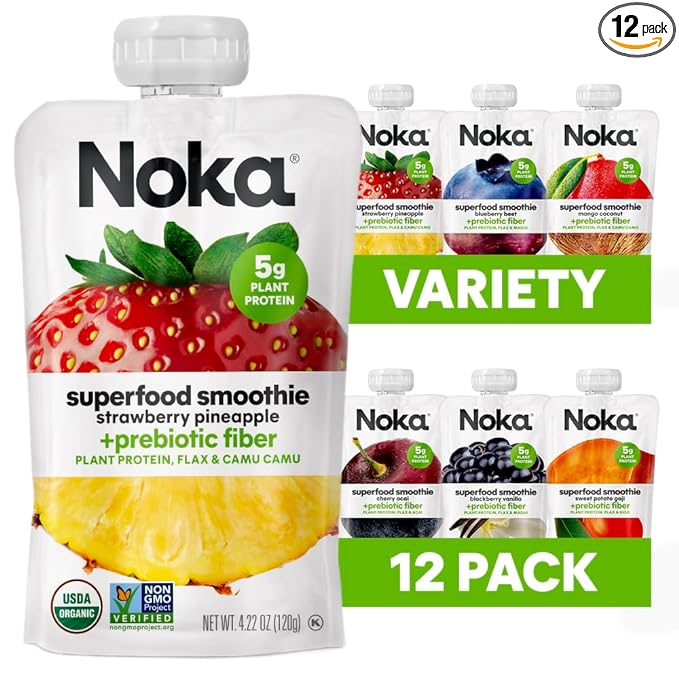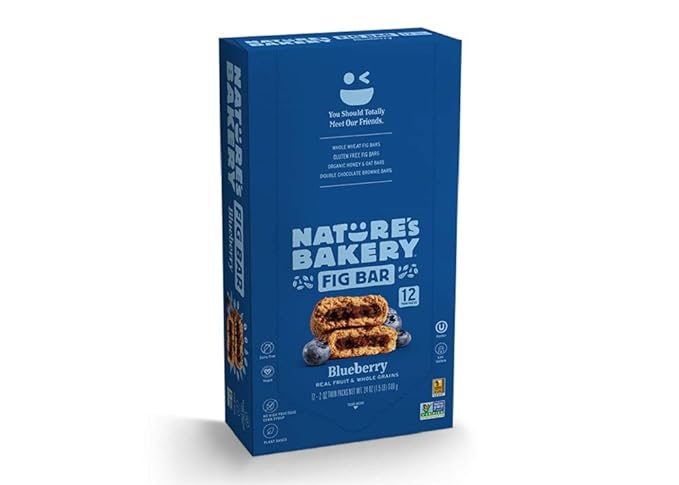Introduction
Porridge is a popular breakfast dish that has gained attention for its potential benefits for weight loss. This article will explore the science behind porridge and weight loss, as well as provide an in-depth analysis of the types of porridge, its nutritional value, and how to prepare it. We will also discuss the best practices for making porridge, its health benefits, and the risks and precautions associated with consuming it. If you're looking for a healthy, satisfying breakfast option that can help you lose weight, this article is for you.
What is Porridge?
Porridge is a hot cereal dish made by boiling grains or other starchy ingredients in milk or water. The resulting mixture has a thick, creamy consistency and is typically flavored with sweeteners or spices. Porridge is enjoyed by many cultures around the world and has been a staple food for centuries. In fact, the term "porridge" comes from the Old French word "porree," which means "leek soup." Porridge has been a popular dish for breakfast or as a hearty meal throughout history and continues to be a favorite today.

Types of Porridge
There are various types of porridge made from different grains and ingredients. Let's take a closer look at some of the most popular types of porridge:
Oatmeal
Oatmeal is perhaps the most well-known type of porridge. It is made from oats, which are available in different forms:
- Rolled oats: These are entire oats that have been steamed and straightened. They cook rapidly and have a gentler surface than steel-cut oats.
- Steel-cut oats: These are whole oats that have been cut into small pieces. They take longer to cook than rolled oats but have a chewier texture.
- Quick oats: These are moved oats that have been cut into more modest pieces. They cook faster than rolled oats but may have a softer texture.
- Instant oats: These are precooked and then dried. They cook very quickly but may have a mushy texture.
Other Grains for Porridge
Porridge can likewise be produced using different grains, for example,
- Quinoa: This grain is high in protein and has a nutty flavor.
- Brown rice: This grain is a good source of fiber and has a slightly chewy texture.
- Barley: This grain has a slightly sweet, nutty flavor and a chewy texture.
Non-Grain Porridge
Porridge can also be made from non-grain ingredients, such as:
- Chia seed pudding: This is made by soaking chia seeds in milk or water. They absorb the liquid and form a pudding-like consistency.
- Sweet potato porridge: This is made by mashing sweet potatoes and cooking them with milk or water.
- Banana porridge: This is made by mashing ripe bananas and cooking them with milk or water.
Porridge and Weight Loss
Porridge is often recommended as a food for weight loss due to its low-calorie, high-fiber content. Here's why:
How Porridge Helps with Weight Loss
Porridge can help with weight loss in several ways. First, it is a low-calorie food that can help you feel full and satisfied without consuming too many calories. Additionally, it is high in fiber, which can also help you feel full and slow down digestion, reducing the likelihood of overeating. Porridge can also be made with low-fat milk or water, making it a healthy, low-fat breakfast option.
Porridge as a Low-Calorie, High-Fiber Food
Porridge is a low-calorie, high-fiber food that can help you feel full and satisfied without consuming too many calories. One cup of cooked oatmeal contains approximately 150 calories and 4 grams of fiber. This high-fiber content helps slow down digestion and keep you feeling full for longer, reducing the likelihood of overeating and snacking on unhealthy foods throughout the day.
Glycemic Index and Porridge
The glycemic index (GI) is a measure of how quickly carbohydrates in food are absorbed into the bloodstream and cause a rise in blood sugar levels. Porridge has a low glycemic index, which means it is digested slowly and causes a gradual rise in blood sugar levels. This can help prevent spikes and crashes in blood sugar levels, which can lead to hunger and overeating.
Porridge as a Breakfast Food for Weight Loss
Porridge is an excellent breakfast food for weight loss as it is low in calories, high in fiber, and has a low glycemic index. Eating a healthy breakfast can help kick-start your metabolism, reduce hunger cravings throughout the day, and prevent overeating. Studies have shown that individuals who eat a healthy breakfast, such as porridge, are more likely to lose weight and maintain weight loss than those who skip breakfast.

Best Practices for Making Porridge
Porridge can be a delicious and healthy breakfast option when made correctly. Here are some best practices for making porridge:
Basic Recipe for Making Porridge
The basic recipe for making porridge is simple and can be adjusted to your liking. Here's a basic recipe:
Ingredients:
- 1 cup of oats or other grains
- 2 cups of water or milk
- Pinch of salt
Instructions:
- Add the oats or other grains to a pot with the water or milk.
- Heat to the point of boiling, then diminish the intensity to a stew.
- Cook for 10-15 minutes, blending periodically, until the porridge arrives at your ideal consistency.
- Add a pinch of salt to taste.
Tips for Creating Porridge More Flavorful
Porridge doesn't have to be bland and boring. Here are some tips for making your porridge more flavorful:
- Use different types of milk or milk alternatives, such as almond or coconut milk.
- Add spices, such as cinnamon or nutmeg, for a warm and cozy flavor.
- Top your porridge with fresh fruit, nuts, or seeds for added texture and flavor.
- Add a dollop of nut butter, such as almond or peanut butter, for a creamy and nutty flavor.
Best Ingredients to Add to Porridge for Weight Loss
To make porridge even more beneficial for weight loss, you can add certain ingredients that are known for their weight loss properties. Here are some of the best ingredients to add to porridge for weight loss:
- Berries: Berries are low in calories and high in fiber, making them a great addition to porridge.
- Chia seeds: Chia seeds are high in fiber and protein, which can help keep you feeling full and satisfied.
- Flaxseed: Flaxseed is high in fiber and omega-3 fatty acids, which can help reduce inflammation and aid in weight loss.
- Cinnamon: Cinnamon has been shown to help regulate blood sugar levels, which can prevent overeating and aid in weight loss.
Ways to Sweeten Porridge Without Adding Sugar
Adding sugar to porridge can add unnecessary calories and undo the weight loss benefits. Here are some ways to sweeten porridge without adding sugar:
- Add fresh or frozen fruit, such as berries or bananas, for natural sweetness.
- Add a drizzle of honey or maple syrup for a touch of sweetness without too many calories.
- Use spices, such as cinnamon or nutmeg, for a warm and cozy flavor without the added sugar.
Porridge Recipes for Weight Loss
- Oatmeal with fruit and nuts
- Savory oatmeal with eggs and vegetables
- Quinoa porridge with berries and seeds
- Brown rice porridge with cinnamon and apples
- Chia seed pudding with coconut and berries

Porridge Alternatives for Weight Loss
While porridge can be a great option for weight loss, it's not for everyone. Here are some alternative breakfast options that can also help with weight loss:
Smoothies
Smoothies are a great option for people who are short on time but still want a healthy and filling breakfast. When making a smoothie for weight loss, be sure to include plenty of protein and fiber to help keep you feeling full. Some good ingredients to include in a weight loss smoothie are spinach, berries, protein powder, and nut butter.
Greek Yogurt
Greek yogurt is another great option for a healthy and filling breakfast. It's high in protein, which can help keep you feeling full and satisfied, and low in calories. To make a weight loss-friendly Greek yogurt breakfast, try adding some fresh fruit, nuts, or seeds for added texture and flavor.
Egg-Based Breakfasts
Eggs are an incredible wellspring of protein and can assist with keeping you feeling full for longer. Some healthy and filling egg-based breakfast options include scrambled eggs with veggies, a veggie omelet, or a frittata with plenty of veggies.
High-Fiber Cereal
If you're a cereal lover, don't worry! There are plenty of high-fiber cereal options that can be a great option for weight loss. Search for cereals that are high in fiber and protein and low in sugar. Some good options include oatmeal, bran flakes, and shredded wheat. Be sure to check the nutrition label to make sure you're choosing a healthy option.
Tips for Incorporating Porridge into Your Diet
If you're interested in incorporating porridge into your diet for weight loss, here are some tips to help you get started:
How to Make Porridge a Regular Part of Your Diet
The best way to make porridge a regular part of your diet is to have a plan. Decide when and how often you're going to eat porridge, and make sure you have all the ingredients you need on hand. You might consider meal prepping your porridge so that you have a healthy breakfast option ready to go every morning.
Best Times to Eat Porridge
Porridge can be eaten any time of day, but it's particularly beneficial as a breakfast food. Eating a healthy and filling breakfast like porridge can help you start your day off right and keep you feeling full and energized until your next meal.
How Much Porridge to Eat for Weight Loss
The amount of porridge you should eat for weight loss will depend on your individual calorie needs and weight loss goals. Generally speaking, a serving of porridge is around 1/2 cup of dry oats, which will make about 1 cup of cooked porridge. If you're trying to lose weight, you may want to start with a smaller serving size and see how you feel. You can continuously add more in the event that you're as yet eager. Just be mindful of the portion size and avoid adding too many high-calorie toppings.

Conclusion
FAQs
- Is porridge good for weight loss? Yes, porridge is an excellent food choice for weight loss as it is low in calories and high in fiber. A bowl of porridge can keep you feeling full for longer periods, preventing overeating and helping in weight management.
- How does porridge help with weight loss? Porridge is made from whole grains such as oats or quinoa, which are high in fiber and complex carbohydrates. These nutrients help slow down digestion and keep you feeling fuller for longer periods, reducing the desire to snack or eat excessively.
- What type of porridge is best for weight loss? Steel-cut oats or rolled oats are the best options for weight loss as they are minimally processed, have a low glycemic index, and are high in fiber. Avoid pre-packaged or flavored instant oats as they often contain added sugars and artificial flavors, which can hinder weight loss goals.
- Can I add anything to my porridge for flavor and still lose weight? Yes, you can add low-calorie flavorings such as fresh fruits, cinnamon, or nut butter to your porridge without compromising your weight loss goals. However, it's important to avoid adding high-calorie toppings such as honey, chocolate chips, or dried fruits as they can significantly increase the calorie content.
- How much porridge should I eat for weight loss? It's recommended to consume a single serving of porridge, which is typically around half a cup of oats or quinoa. However, the serving size can vary depending on your individual calorie needs and weight loss goals. Be mindful of portion sizes and avoid overeating, as excessive calorie intake can hinder weight loss progress.






